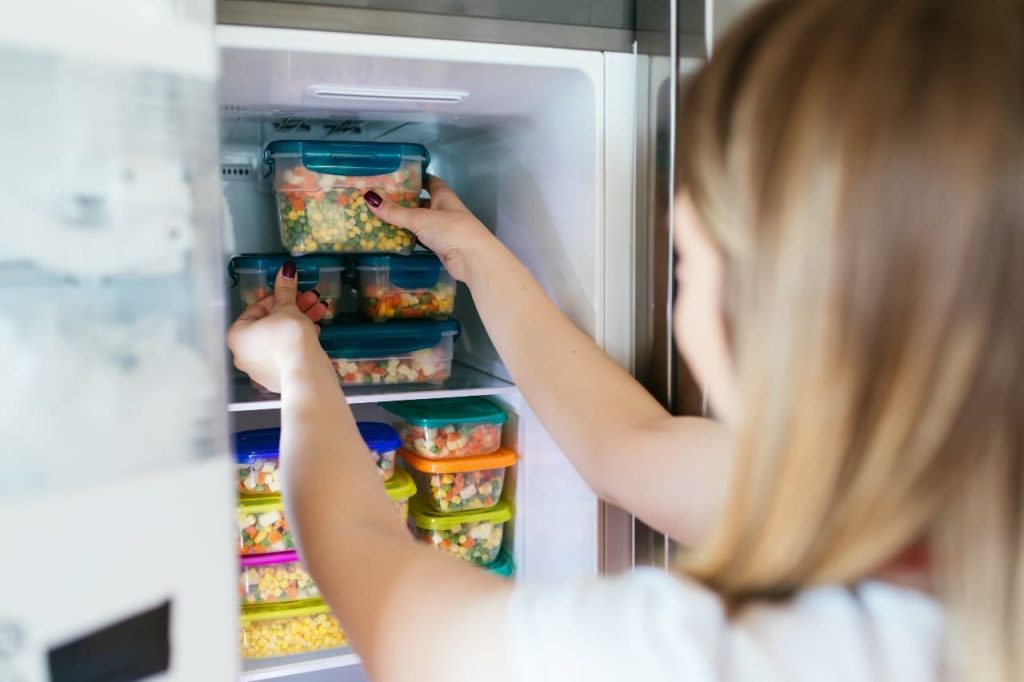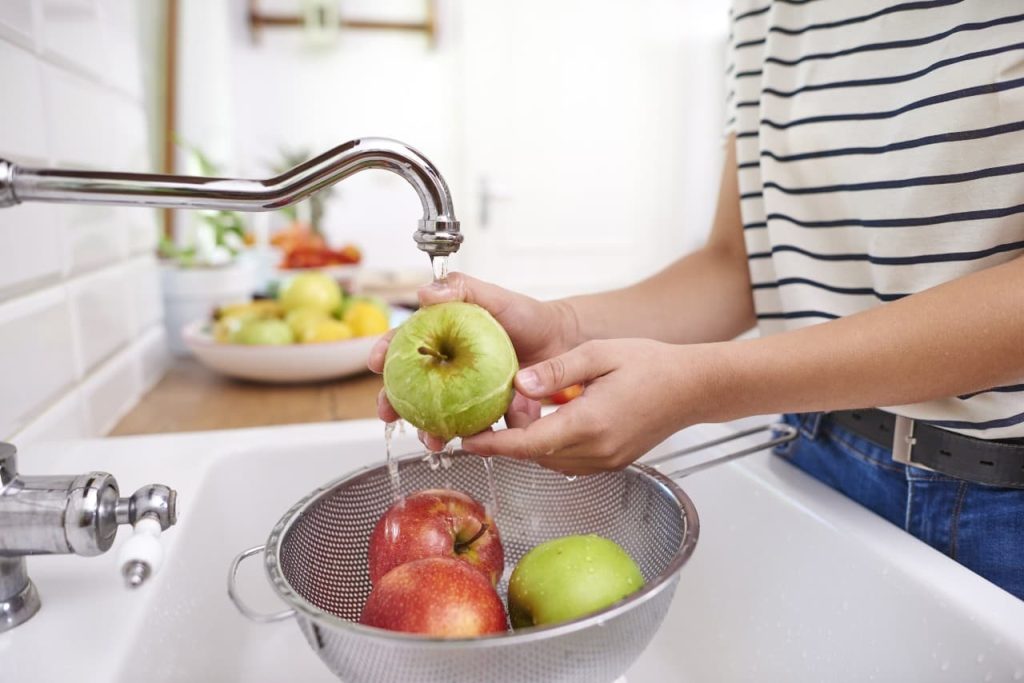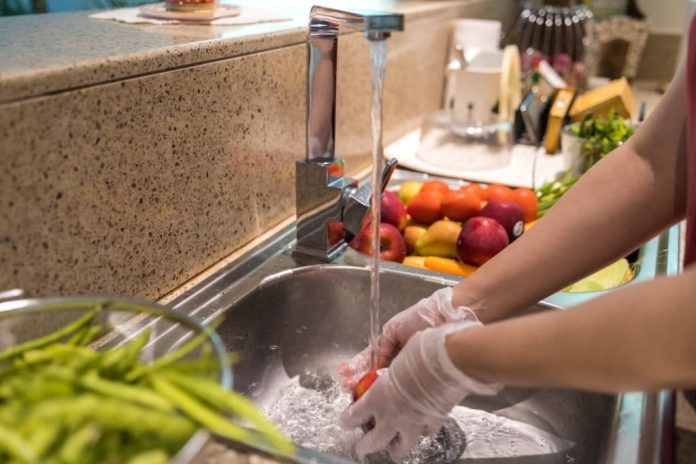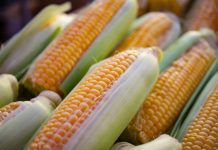Apart from the taste, cost, and nutritive value of food, cleanliness and safety are also essential to consumers anywhere in the world. Accordingly, businesses in the food industry prioritize protecting consumers against contaminated or unsafe food. This is why they heavily invest in improving their manufacturing and distribution processes in a way that helps ensure food safety. Regardless of the scale of operations, most businesses usually follow standard food safety practices when it comes to food handling, preparation, and storage. These practices are essential in preventing harmful bacteria from spreading and contaminating food.
To keep up with global standards in food hygiene, governments across many countries usually require foodservice businesses to have their employees take food safety courses and certify them after completion. One example of these courses is FOODSAFE Level 1, which is a food handling and safety course intended for the training and certification of foodservice workers, such as servers, cooks, dishwashers, and the like.
Food hygiene is also a key factor in serving quality food at home. If you’d like to know how to safely handle, prepare, and store food in your own kitchen, here are some tips that you may find helpful.
Table of Contents
1. Eat Cooked Food Immediately
Cooked food left at room temperature can potentially accumulate germs, which can multiply. Under normal temperatures, cooked food should not be left out of the refrigerator for more than two hours. On the other hand, in hot and humid weather, perishable foods need to be refrigerated within an hour. If the food has been exposed for a longer period, there’s a chance that it may no longer be safe for consumption and must be thrown away.
2. Cook Food In Safe Temperatures
Raw foods are particularly susceptible to accumulating bacteria, viruses, and germs. This is why it’s crucial to cook them thoroughly to ensure that these contaminants are completely killed. To do this, they must reach the core temperature of 75°C. You can use a clean food thermometer or probe to accurately check the temperature of the food throughout the cooking process.
Also, the suggested doneness of cooking may vary depending on the ingredients. Experts advise cooking raw meat, chicken, sausages, and other processed meats right through to the center. To check if the meat is cooked enough, slice a small portion in half and check if the center is completely cooked. The center shouldn’t be pink in color, and the juices shouldn’t have tinges of blood from the meat.
Accordingly, you can cook beef or pork steak, lamb chops, and other thick cuts of red meat to the level of doneness you prefer. This is because the poisonous bacteria in these cuts of meat usually stay on the surface, which makes it easy to kill them once the meat comes in contact with high temperatures.
Fish usually takes a short time to cook, and you can check for doneness by piercing it with a fork and checking if the meat flakes easily. Eggs, on the other hand, should be cooked thoroughly to kill any existing bacteria, such as salmonella. However, in some countries such as Japan, many eggs available in the market have been pasteurized, which makes them safe for raw consumption.
3. Store Cooked Food Carefully

Cooked foods are ideally stored in the refrigerator at a low temperature, which is usually between 0°C and 5°C. When it comes to storing cooked food, it’s important to keep the entire dish cool to the core to prevent bacteria from multiplying and contaminating the food. This is why it’s advisable to store food in smaller containers so that the food can get cold quickly.
On the topic of storing cooked food, many people have the habit of saving leftovers, which is a great way to save money on groceries as long as the food is stored appropriately. Here are a few tips you may find useful in storing your leftovers safely:
- Pack the food securely using airtight containers and put a label on each one with the date they were cooked so it’s easier to tell if they’re still safe to eat.
- Transfer canned food to a different container before storage.
- Set the temperature of your refrigerator to below 5°C.
- Don’t overfill your refrigerator, as this prevents air circulation and even distribution of temperature.
4. Reheat Food Safely
Reheating precooked dishes reduces food waste and allows for more convenience in food preparation. However, reheating food several times may increase the risk of food poisoning if not done the proper way. To avoid this, you should ensure that the food reaches very high levels of temperature to kill all bacteria. Also, leftovers should be eaten within two to four days after storage and must be disposed of if they go beyond this limit. With this in mind, you can avoid having to throw food by dividing them into smaller portions and keeping them in your freezer.
Though there aren’t enough studies to prove that some foods should not be stored and reheated, experts advise people to be more careful when reheating meat, rice, or seafood, as these are highly perishable and prone to bacteria accumulation. It’s important to handle these foods properly to keep them safe for consumption and prevent foodborne illnesses.
5. Separate Raw and Cooked Food
Even when stored in the refrigerator, bacteria from raw food can still contaminate other foods it comes in contact with. If this bacteria contaminates cooked food and the cooked food isn’t heated thoroughly before consumption, there is a great risk of food poisoning. This is why raw and cooked food should be kept separate in storage.
It’s also important to use separate tools and utensils in handling both, so as to avoid cross-contamination. For instance, using a knife to cut raw chicken and then using it unwashed to cut cooked meat will allow bacteria to transfer between the two. This is unhygienic and potentially dangerous, and therefore should be avoided.
6. Check Food Labels
Although many consumers read food labels when shopping for groceries, sometimes it can be challenging to find the information you need to make the right choices. Reading food labels is important, as it can help you make informed decisions, especially when it comes to food safety. For example, a ‘best by’ tag indicates a specific date that a product will be of optimal flavor and quality.
The ‘sell by’ tag is intended for retailers, such as grocery shops. The food manufacturers put this date on the packaging to inform the shops of how long they should display the product for sale. This helps them manage their inventory and ensure that the products on their shelves are still up to retail standards. The ‘sell by’ tag may not indicate safety dates when it comes to actual food consumption, but it’s still useful for product turnover safety. This also allows shoppers access to food with a long shelf life after purchase.
With regard to the ‘use by’ tag, many food manufacturers use this as an indicator of the last date suggested for the consumption of the food product, though there is still some debate and uncertainty as to how definitive this tag is when it comes to food safety.
Knowing what the labels stand for may be helpful to ensure that the packaged food you have at home is still safe for consumption. For an added precaution, it may also help to check the texture, smell, and appearance of each food item before serving.
7. Wash Hands Regularly
Handwashing is an indispensable step that needs to be observed in food handling and preparation to prevent the spread of foodborne illnesses and food poisoning. This is because many types of germs can come in contact with your hands as you handle different tools and utensils while cooking, and this increases the risk of bacteria transfer to the food that you handle. An easy solution to prevent the spread of germs is to wash your hands regularly using soap and water.
To ensure that your hands are clean while cooking, here are some handwashing tips that you can consider:
- Rinse your hands with clean water before applying soap.
- Rub your hands together and lather them with the soap. Scrub both sides of your hands, the folds between your fingers, and the skin under your nails.
- Rub your hands together for a minimum of 20 seconds for more thorough cleaning.
- Rinse your hands again, making sure that all the soap is cleared away.
- Pat your hands dry using a towel.
It’s crucial to wash your hands often to reduce the chance of bacteria transfer in your kitchen. This is especially true when you are working on different tasks while preparing and handling food. Here are some examples of situations where you will have to take extra safety precautions:
- Before, during, and after any food preparation
- After handling raw seafood, eggs, flour, meat, or poultry
- Before and after using gloves
- Before eating
- After throwing garbage or touching the trash bin or the area around it
- After cleaning the kitchen, especially if you used chemical products
- After touching animals or their food
- After coughing, touching your face, or sneezing
You can also use hand sanitizer, but it may not have the same cleaning effect as soap and water.
8. Clean and Sanitize The Kitchen
Maintaining a clean work environment is essential in preventing foodborne illnesses, as bacteria can grow on untidy surfaces and contaminate food. This means that sanitizing your kitchen tools and equipment is a must in order to ensure food safety.
Many people think that cleaning and sanitizing are the same when, in fact, they are two different processes. Cleaning clears up contaminants like dust and dirt, while sanitizing kills pathogens such as germs on a clean surface. This means that you should clean an area first and then sanitize it afterward.
Sanitizing is an important step in ensuring food safety in your kitchen, as it prevents pathogens from spreading. As viruses and bacteria can easily accumulate and spread among unsanitary tools and equipment, it’s vital that the kitchen surfaces, tools, equipment, and utensils are regularly cleaned and sanitized to prevent contamination.
9. Protect Food From Infestation
Foods that have been in contact or infested with insects or pests are unsafe to eat and can cause serious illnesses. An insect infestation in your home is not only unsightly and unsanitary, but it may also pose serious health risks if not addressed accordingly.
As small as these insects might be, they can contaminate large quantities of food through physical contact. They may also leave fecal matter, cocoons, and other droppings, which will make the food unsafe for human consumption. Given these, it’s crucial to safeguard your food storage areas and your kitchen against insects, rodents, and other pests.
10. Use Clean Water

Safe water is essential in food preparation, from washing fresh produce to boiling meats and grains. It’s also a key factor in maintaining the cleanliness of the kitchen. This is why it’s important to be sure of the quality of water you’re using in food handling and preparation.
Though most areas have easy access to potable water, it may still be helpful to have another water source that can supply your kitchen with purified water. If this isn’t an available option, you can also take additional steps to ensure that you have clean water at your disposal. You can do this by boiling water for washing dishes and utensils, or by installing a purifier on your water source.
Conclusion
Whether you do your own cooking at home or buy ready-to-eat dishes, it’s essential to have sufficient information to be able to protect yourself and your loved ones from foodborne illnesses and food poisoning. The key is to carefully inspect the quality of the food and the conditions in which it was stored to determine if consuming it would be safe or not. Observing food safety practices may also be helpful to reduce food waste in your home. Though you may have to throw away some food items in your kitchen from time to time, it would be a wise decision if you’re protecting the health and safety of everyone by doing so.




